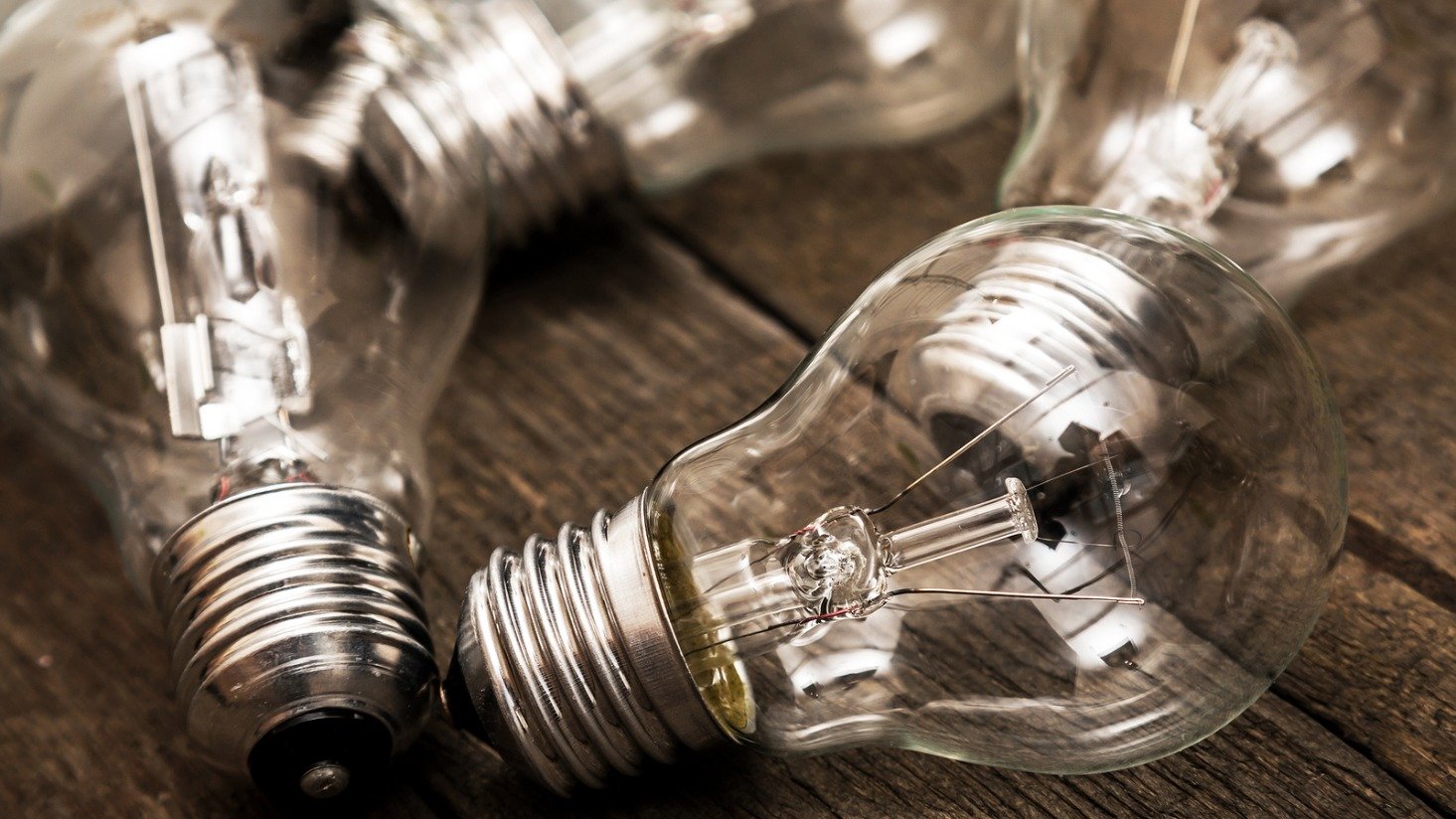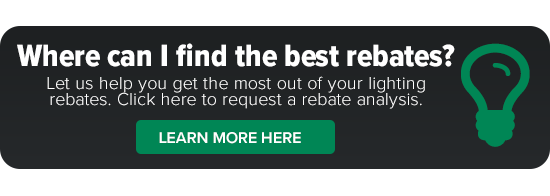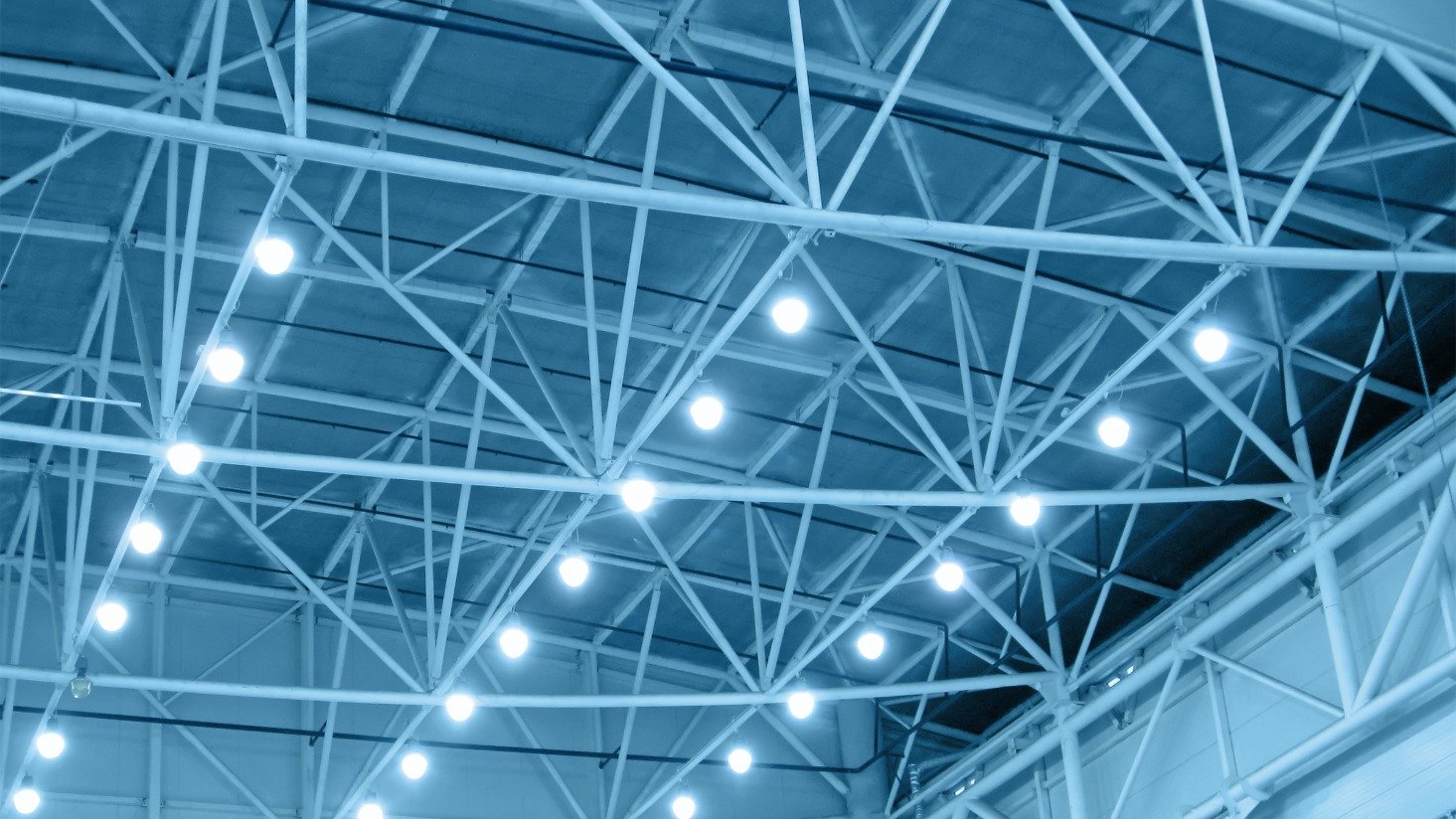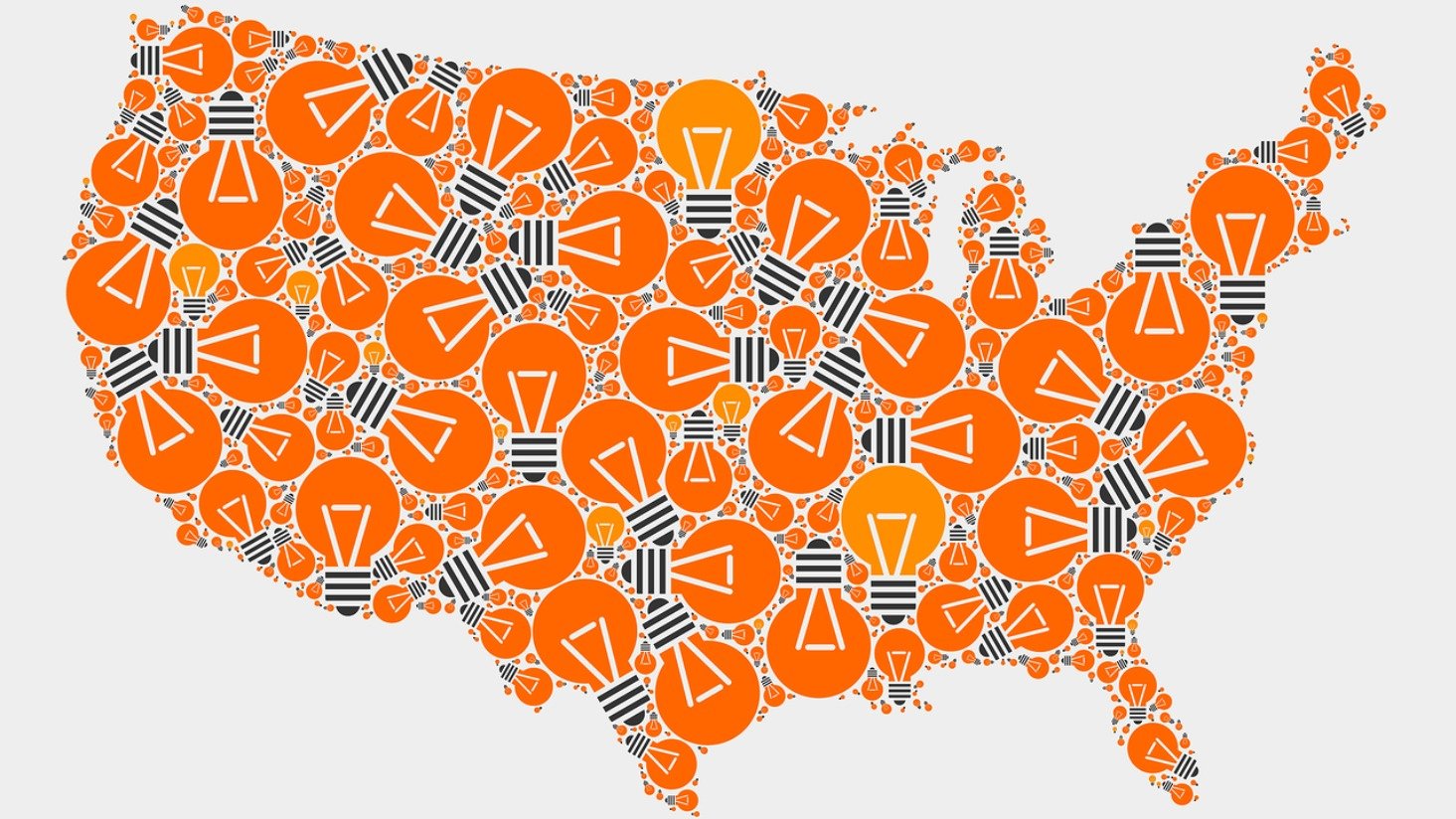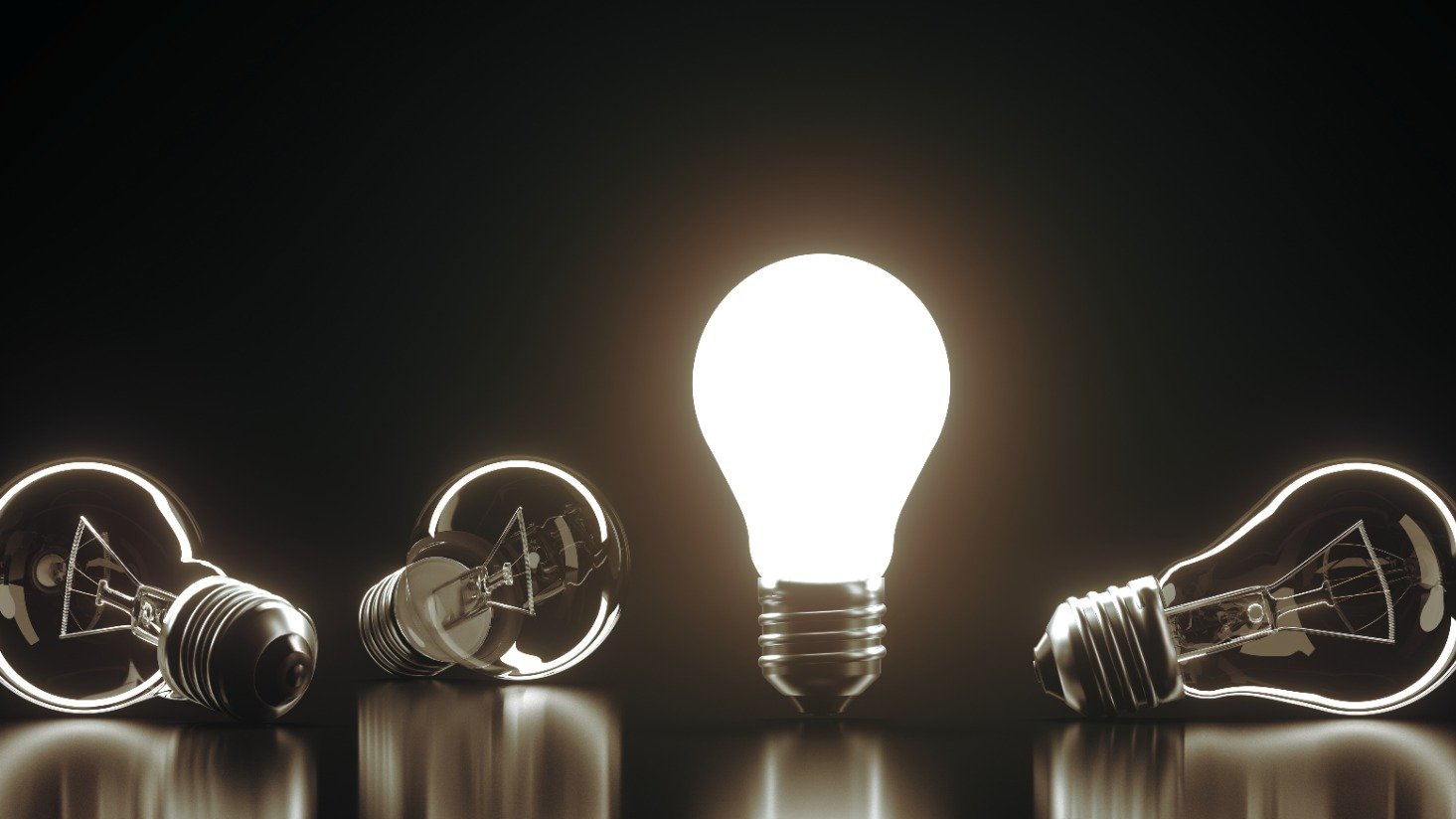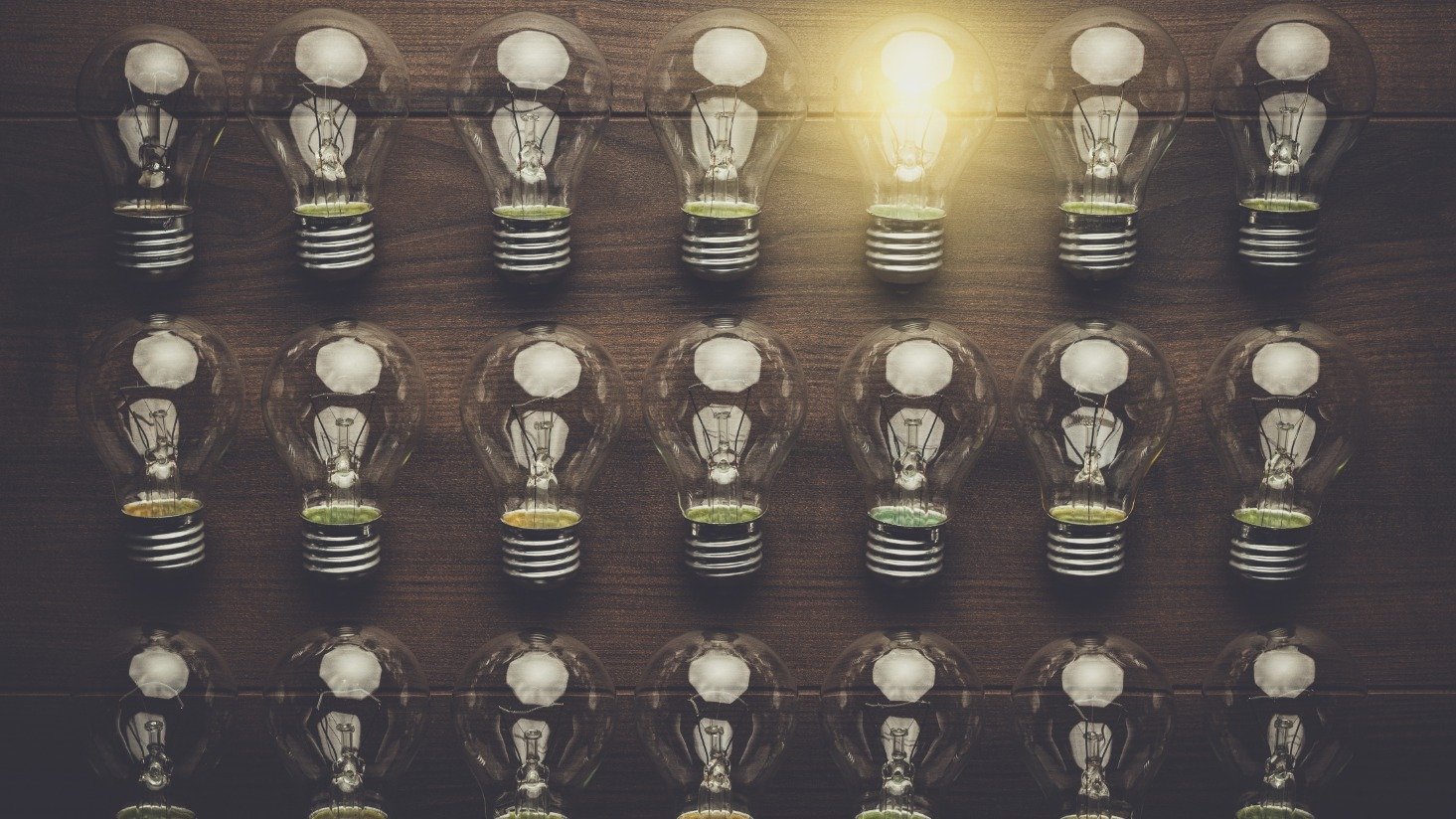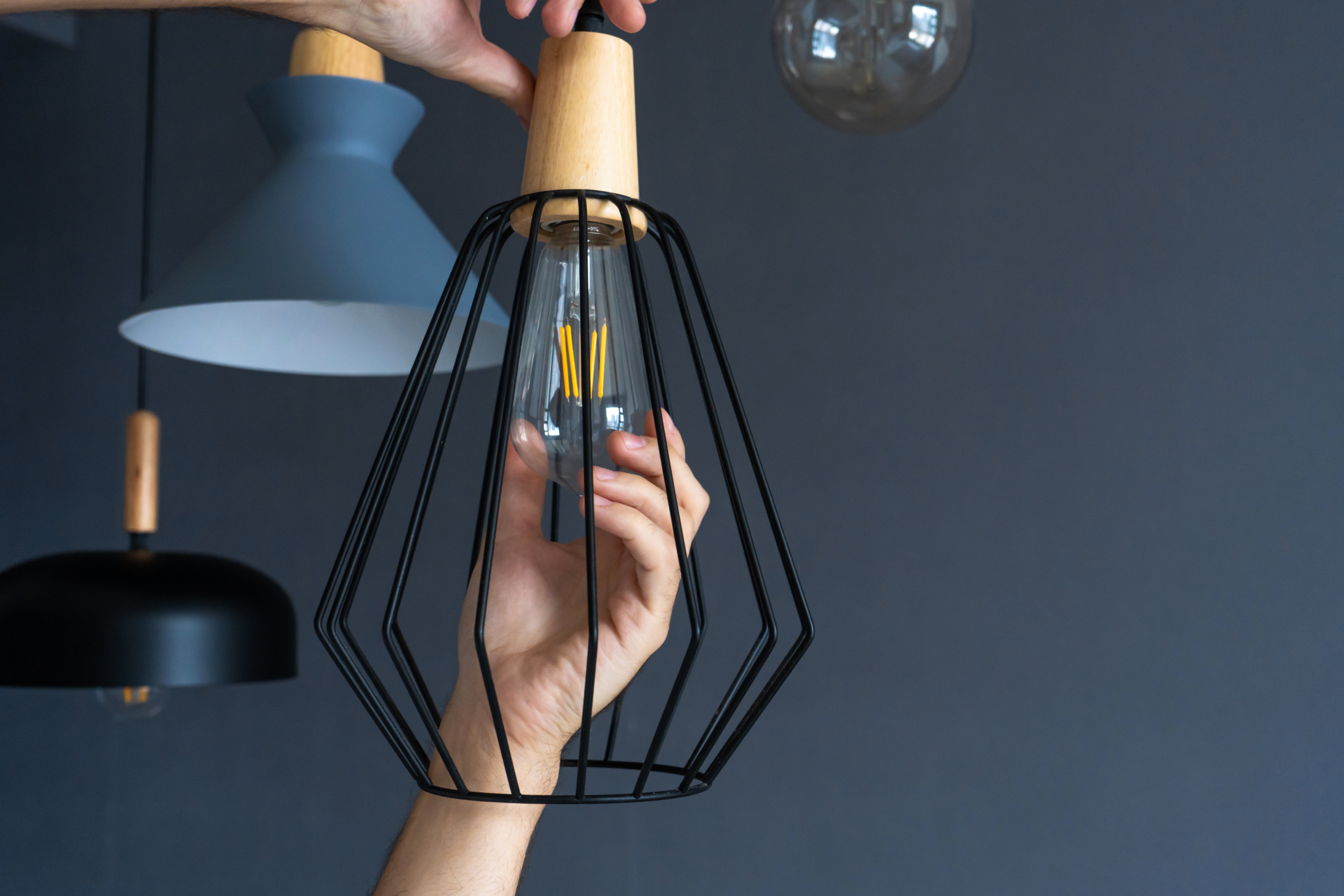California's light bulb ban
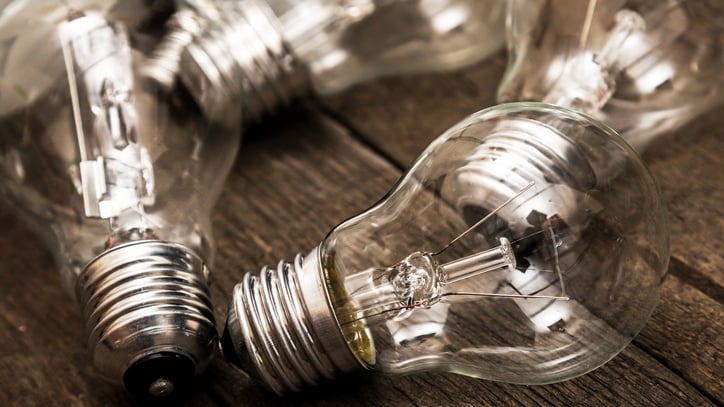
We've followed changes in the lighting industry in California closely for the last several years. The state has led the way in energy efficiency.
It was the first state to add restrictions to some incandescent and halogen light bulbs. Plus, the state has additional restrictions outlined in Title 20. Pretty soon, all fluorescent products will no longer be sold (legally) and you will only be able to buy LEDs in the state (with some exceptions).
Here are the steps that got us to this point.
2007
President George W. Bush signed EISA (Energy Independence and Security Act), an effort to reduce lighting that's energy inefficient.
2012 - 2014
The first tier of EISA restrictions phased out 60-watt incandescent bulbs nationwide.
2018
California adopted the next tier of EISA restrictions, requiring A-shape GSLs (general service lamps) to achieve a minimum efficacy of 45 lumens per watt.
September 2019
The Department on Energy (DOE) rolled back restrictions on GSLs. 15 state attorneys general sued the DOE – including California, New York City, and Washington, DC. Large environmental groups sued as well.
November 2019
California Energy Commission (CEC) voted to move forward with further restriction of the sale of general service lamps. This falls under Title 20.
December 2019
The Department of Energy officially reverses standards for general service lamps and preempts ALL states from enforcing standards.
January 1, 2020
January 1, 2020
New restrictions on general service lamps began in California.
January 2020
Two lighting associations dismissed their lawsuit over California's light bulb ban, so the state moved forward with restrictions. Here is a statement from the CEC.
September 2022
California's governor signed a new bill into law, beginning the phase out of CFLs in 2024 and linear fluorescent lamps in 2025.
Which light bulbs are banned in California?
Lighting products are required to meet certain energy efficiency standards or they cannot be sold in California.
In 2024, the state became one of the first to ban most screw-base CFL products. In 2025, the state will take another step and eliminate the sale of pin-base CFL and linear fluorescent lamps. Fluorescent lamps contain mercury, which can be dangerous when lamps break or when they are not properly thrown away.
California began phasing out other lighting products, like A-line GSLs, ahead of federal requirements. The state has also taken additional strategic measures to limit products available for purchase to only the most energy-efficient (essentially just LEDs).
Practically, here's how the restrictions apply to you: apart from a few exceptions, you will only be able to buy LEDs in California starting in 2025.
Of course, there are exceptions to every rule. Sometimes you need that heat-resistant incandescent light bulb, like in ovens. But in general, the state has carefully planned its course of action to protect the state from rolling blackouts caused by energy shortages.
The federal government adopted regulations on GSLs that mirror California's, so most GSLs will no longer be for sale in the United States. Now that the federal government has applied these restrictions, you can read more about the overall regulations here.
Which light bulbs can be sold in California?
In the future, only LEDs will be sold in California (with some exceptions). HIDs can also be sold in the state. The state has passed legislation that eliminates or will soon eliminate the sale of most incandescent, halogen, and fluorescent products.
It's important to note not all LEDs are Title 20 compliant, which means some LEDs cannot be sold in California. We explain the other restrictions for lighting products in this blog post.
You should check to make sure a product can be sold in California before you buy. To simplify the process, we created a filter for our online store. We'll continue to work on keeping this filter updated with the latest regulations.
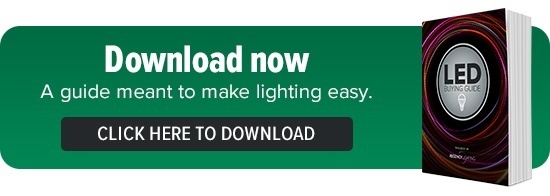
Benefits of the changes
California expects major energy changes because of the light bulb restrictions.
To help give you a little perspective, let's compare the wattage between an incandescent light bulb and an LED light bulb. A standard A-line incandescent bulb uses 50 watts. That's the measure of power the light bulb consumes. An LED A-line bulb with equivalent light output uses around 9 watts — a 41-watt savings for each bulb.
The California Energy Commission predicts these standards alone will save 4,000 - 13,600 gigawatts. What does that mean in dollar amounts? A predicted savings between $736 million and $2.4 billion.
As always, if you have any questions, please do not hesitate to contact us.
